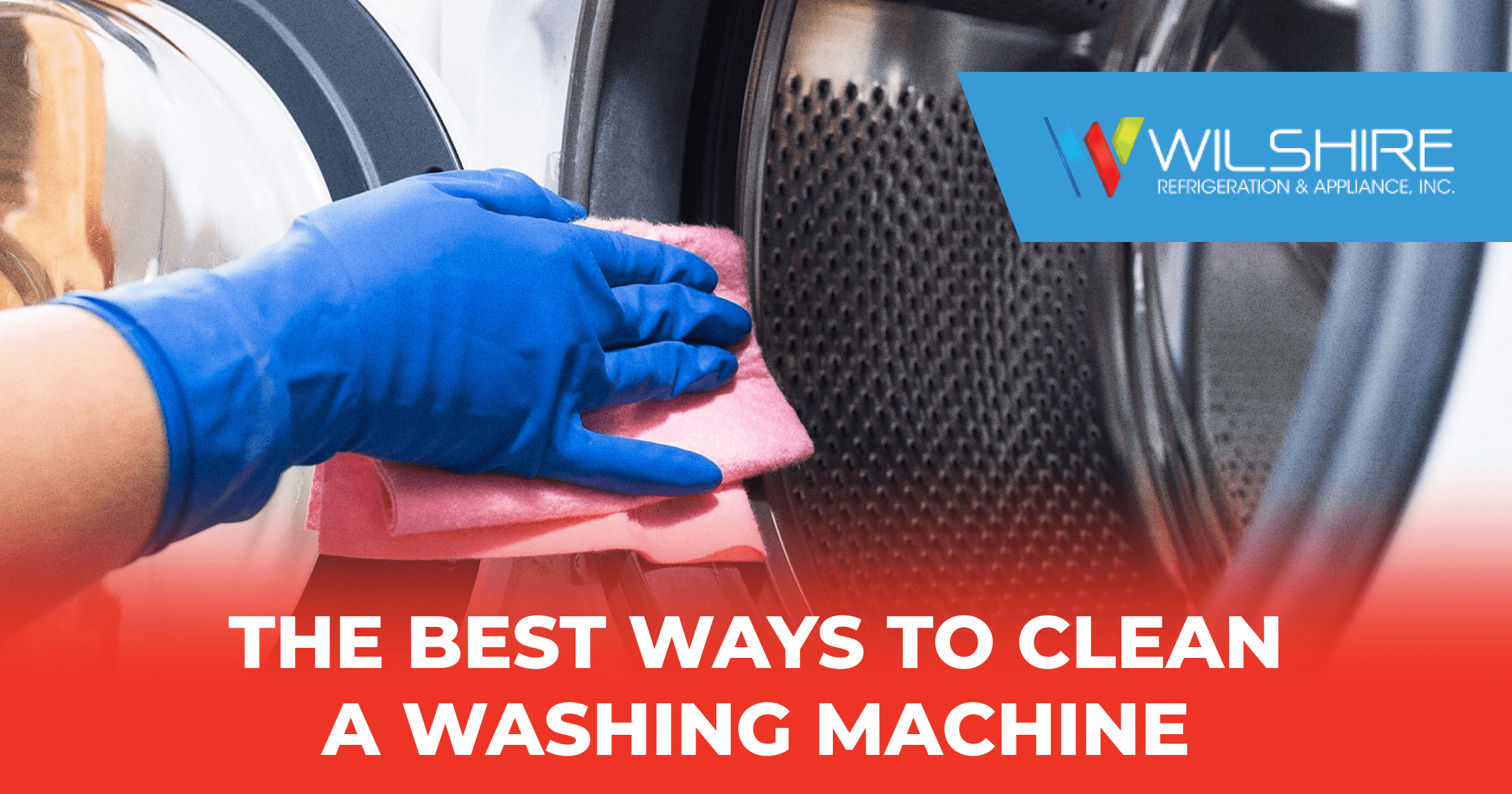Chances are, your ASKO washer meets all your needs when it comes to producing clean, fresh-smelling clothes. But did you realize it needs to be cleaned as well? Doing so will keep it running at peak performance and help it last longer.
Here, we’ll show you the best ways to clean a washing machine, including the best washer cleaners to use and where to focus your efforts.
What to Use
There are countless washing machine cleaning products in stores. When selecting one, make sure it’s formulated for cleaning, kills 99.9% of bacteria, and will protect the drum and plastic parts from limescale buildup. These use active polycarboxylates to soften hard water. Some cleaners come in tablet form you can add to each wash or once a week. Tablets can be easier than powder, but how much you use them depends on the frequency of washing, how much you wash each time, and how soiled items are.
Look for cleaners advertised to eliminate odors and remove soap scum and mold.
The Perfect Washer Cleaner May Already Be in Your Home
You don’t always have to spend top dollar to keep your washing machine clean. For example, if you already have detergent in your home, you can add it directly to the machine and run a cycle. The detergent doesn’t clean the machine while clothes are being washed, but it can work just as well as a specialized washing machine cleaner. Here are some other popular and effective cleaning options:
- Bleach: Add four cups as the machine is filling; run it for a minute or two to let the bleach and water mix and then shut the machine off. Wait an hour and turn it on again using the longest wash and spin cycle.
- Vinegar: After running a bleach cycle, fill the machine with hot water, set on the longest cycle, and add four cups of distilled white vinegar. Follow the same process as with the bleach but as the vinegar is soaking, dip a sponge in the vinegar/water mix and wash down the rest of the machine.
Also, remove the machine’s dispensers and place them inside, allowing them to soak in the vinegar mixture. After a few minutes, remove them and scrub the dispensers clean. Scrub the inside of the barrel if any gunk remains. Rub away remaining grime with a small brush, microfiber cloth, or old toothbrush.
Use a sponge soaked with the vinegar water to clean outside surfaces like the lid and knobs. The bleach and vinegar mixture cleans the drum of the machine and the pipes and hoses. It can wash away soap scum and mineral deposits; use this method twice a year, or more often if you have hard water.
Other Cleaning Options
- Baking Soda and Vinegar: With the machine empty and dry, set it to clean on hot and add 3 or 4 cups of white vinegar while the washer fills. Allow the washer to agitate and then stop; after letting the vinegar soak, add ½ cup of baking soda. Turn the unit on again and stop the cycle. After the mixture soaks for about an hour, turn the machine on again to complete the cycle.
- Oxygen Bleach or Borax and Washing Soda: Put 2 tablespoons of oxygen bleach or borax, along with 2 tablespoons of washing soda, into the tub. Run the longest cycle at the hottest temperature. Once the cycle is over, add 2 cups of vinegar to the liquid dispenser tray or directly to the tub, and then run another full hot water wash cycle. Then use a microfiber cloth to clean any residue away.
- Sodium Percarbonate: This powder, used like sodium bicarbonate, is effective at eliminating unpleasant odors and will leave your washing machine smelling fresh.
- Vitamin C: Baking soda might not remove greasy or oily stains if you have hard water. Vitamin C, or ascorbic acid, is acidic and thus works well for cleaning limescale, soap scum, detergent buildup, and rust. To use, dissolve about 200 grams of ascorbic acid powder and 100 grams of citric acid powder in boiling water and add the solution to the drum and the tray. Then run a hot wash.
- Epsom Salts and Vinegar: Epson salt has antibacterial properties and is made of magnesium sulfate, so will disinfect your washing machine when you add 1 cup of salt/1 cup of vinegar or water to the drum. Run the machine on the hottest cycle, stopping at the beginning to let the solution soak. Start it again after about a half hour and let the cycle finish.
Clean the Rubber Seals
A washing machine’s rubber seals can wear out quickly and support mold and mildew if not properly cared for. Fortunately, the seals can be easily cleaned with a damp cloth soaked with soapy water. Carefully wipe around them, gently removing residue and being gentle so not to tear the seal. For stubborn buildup, use a toothbrush to gently remove it.
Clean the Filter
Follow the manufacturer’s instructions for removing the cover and filter. Water may leak from the drain, so place a bowl or tray underneath. Make sure the filter is clean of any grime and follow any additional instructions provided. Carefully replace the filter and cover.
Recommended Home Remedies
Here are some other simple steps to help keep your washer cleaner:
- Run an empty hot wash once a month to eliminate build-up and odors.
- Open the washer door to air out the drum until the interior is dry.
- Clean the filter once about every three or four months.
- Regularly wipe down the exterior to avoid more extensive cleanings.
- Brush off excess dirt from clothing before placing it inside.
- Avoid overloading detergent as it can cause buildup in the machine.
Contact Wilshire Refrigeration & Appliance
If you have an ASKO washer/dryer, it’s been designed for reduced wear and maintenance. There’s no rubber seal, making it easier to keep your washer cleaner. But when your appliance needs to be repaired, you can depend on our trained, factory-certified technicians to provide prompt, honest, and respectful service. To get started, request service online or call 800-427-3653 today.


